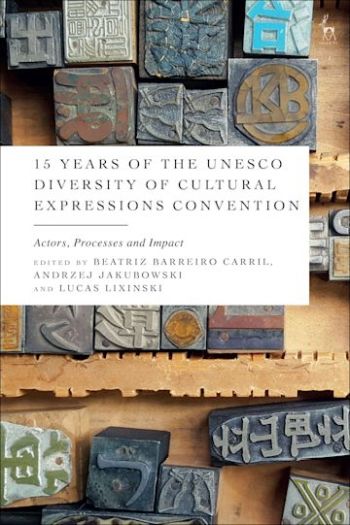
This book queries, through the prism of the Convention for the Protection and the Promotion of the Diversity of Cultural Expressions (the Convention), the ways in which the processes and substance of international law-making have shifted in response to new technologies and new actors. The essays, written by recognised experts in the field, engage deeply with the practice under the Convention. The 4 parts examine: the rise of new actors and their impact on the Convention's law-making and implementation; the specific implementation of Article 21; the role of cultural communities in promoting diversity of cultural expressions; and the effectiveness and coherence of the Convention. Scholars and practitioners in the field of international law of culture and international cultural cooperation will welcome this fascinating new book.